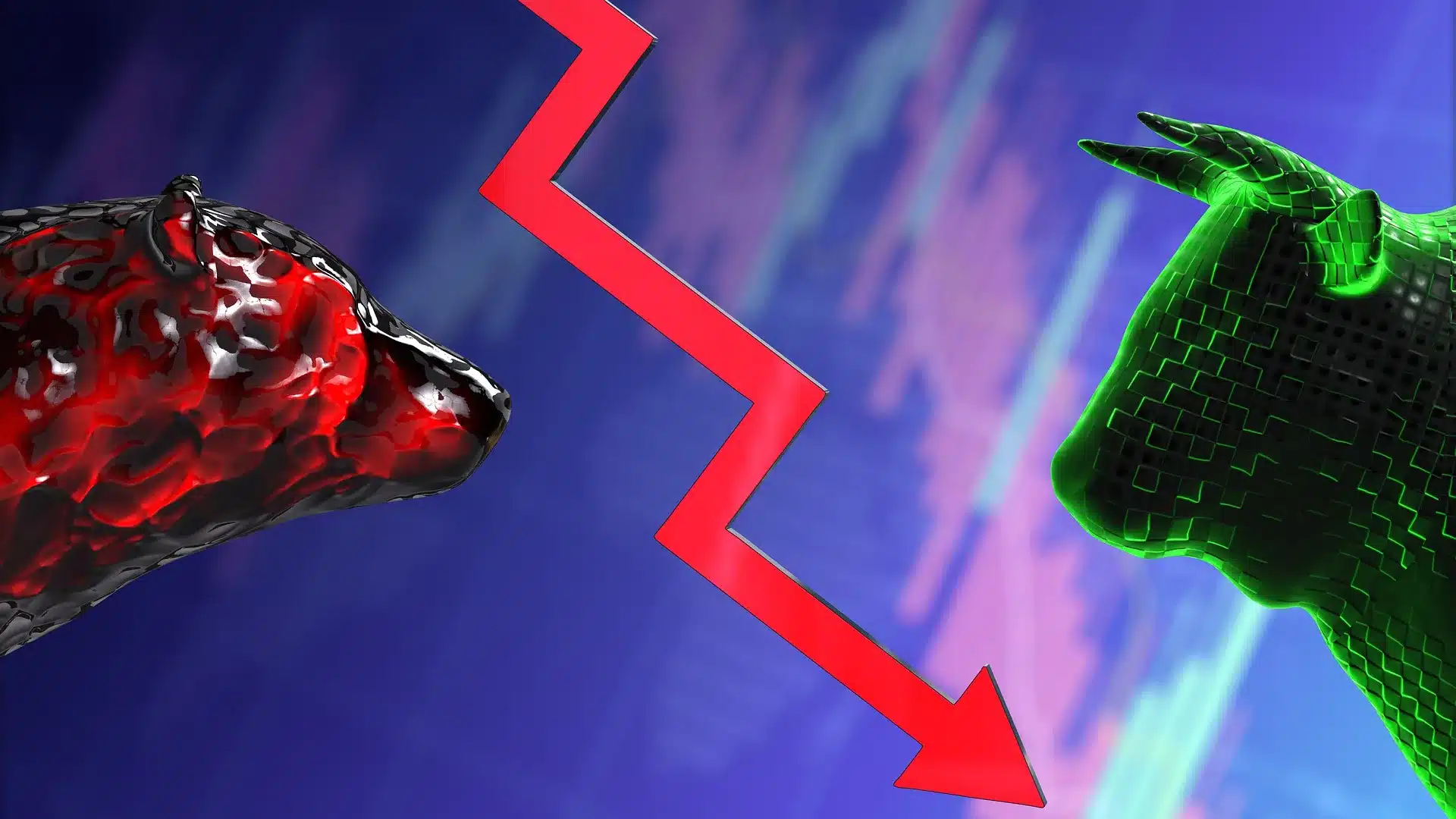The start of the week kicked off with strong declines in stock indices. Spectacular events took place in Japan where the main benchmark of the Tokyo Stock Exchange – Nikkei – fell in one day by over 12% and then managed to make up over 10% on the next day. This was a consequence of fears about the American economy, actions of the Bank of Japan which led to a dynamic strengthening of the yen. As a result, carry trade transactions, which are usually financed by the Japanese currency, began to be reduced. Demand for safe assets increased, and the yen is certainly one of them. The combination of these factors resulted in the start of the week being dubbed “Black Monday.”
The NFP report published a week ago fuelled fears of a recession. The data brought an unpleasant surprise which at one point turned into a shock, causing great volatility in the markets. Employment turned out significantly below expectations, recording a growth of 114,000. However, the main stir was caused by the renewed increase in the unemployment rate (to 4.3%), which triggered a yellow warning light in the market. According to the rule created by American economist Claudia Sahm, a recession begins when the unemployment rate is at least 0.5 percentage points higher than the lowest level of the previous twelve months. In July, it was 0.53 percentage points, which means crossing the borderline. In theory, on paper, this looks bad.
In the past, the signal from this rule appeared about two to three months after the start of a recession. If it was to be the same this time, then the peak of the economic cycle would have fallen in April this year. Data after this date, however, continued to show economic growth. Additionally, the increase in unemployment is likely due to increased immigration in the US. There are simply more job seekers, so the increase in unemployment is not due to companies reducing employment. If we look at the percentage of people laid off among all the unemployed, we see stabilization. Historically, when an economic collapse occurred, this percentage clearly took on higher values.
Additionally, we should pay attention to the fact that in July the United States experienced a hurricane (Beryl). This factor could have distorted data.
The numbers from the NFP report were not catastrophic. In my opinion, the market’s reaction is exaggerated and the backlash we saw in the following days proves that the market began to coolly analyze the last publication. Let’s remind once again that more than 100,000 new jobs were created in July. Statistics show that to provide employment for people entering the job market for the first time, the economy needs to create between 80,000 to 100,000 vacancies. So we still have a relatively safe buffer. It should also be taken into account that the job market is usually not the trigger for a recession, but only shows its negative effects (decrease in employment, increase in unemployment).
Of course, one can speculate that it’s the Fed that might cause a recession by keeping interest rates at a restrictive level for a long time. If the drop actually occurs in September, then the period of maintaining the cost of money at an extremely high level will be 15 months. That’s more than during previous cycles.
There is no doubt that the economy in the US is weakening, and the high-interest rates are the cause. The effects of the Federal Reserve’s work are increasingly visible. The real interest rate in the US is currently 2.9% and is above the neutral level (which can be considered to be 1.2%). It is calculated by subtracting the PCE deflator (2.6%), which is the Federal Reserve’s preferred measure of inflation, from the main rate (5.5%).
Powell made it clear at Wednesday’s conference that the situation in the job market has slowed enough that the Fed’s attention will now be more heavily focused on this area. The Federal Reserve wanted this effect because it wanted to control inflation. The goal has been achieved, now the American institution will not want to allow excessive slowdown and possible breakdown.
The question now is how strongly the Fed will react and how often. Will cuts of 25 basis points be sufficient and is the market right to assume three reductions (including a strong move of 50 pb in September) in the cost of money this year?
Representatives of the American central bank are trying at all costs to calm the mood and it can be considered that they have succeeded so far. The Wall Street indices are indeed removed from their historical records, but a backlash provoked by the activation of demand is visible. Volatility has been eliminated. However, increased vigilance should remain with us.
Lukasz Zembik, Oanda TMS Brokers
This post first appeared in the CEO Magazine.
Source: https://ceo.com.pl/spokojnie-to-tylko-korekta-62396
